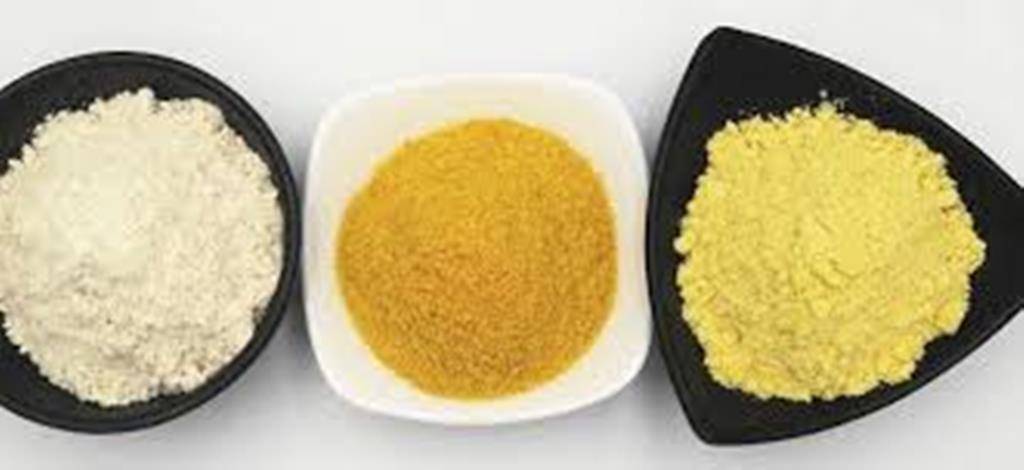
With the outbreak of Coronavirus worldwide, people were asked to adopt safety measures like maintain social distancing, use mask and gloves etc. These were imposed as safety measures in the lockdown 0.1 to 0.4. The farmers especially, the horticulturists/flowers cultivators were in problem and great loss as people were not purchasing flowers. Moreover, temples, churches, gurudwara were closed and marriage/gatherings were banned. The farmers were looking for an alternate to utilize the flowers that already bloomed.
Keeping the current situation in mind, Krishi Jagran arranged a Facebook Live and invited Dr JankiRam, ADG from IARI to give solution for the dying flower business and to give some relief to the cultivators. The study referred in this news is from the Indonesia.
Marigold (Tagetes erecta) Flower Extract (MFE) is a natural source of carotenoid as a feed additive in the poultry diet. How the need arises as to determine the effect of MFE as feed additive on production performances and egg quality of quail.
Carotenoids, which are considered to be chemopreventive agents due to antioxidant activity have been shown to decrease egg cholesterol and increased egg yolk color. The cholesterol content of eggs is often viewed unfavorably especially for patients with hypercholesterolemia, even though an egg provides a complete source of animal protein nutrition at an economical price. The cholesterol content of quail egg has been shown to be 880 mg/100 g higher than eggs from chickens and ducks (350 and 805 mg/100 g, respectively). Therefore; efforts to decrease egg cholesterol have been made by providing diets high in carotenoids particularly β-carotene.

How to prepare the same Two hundred and seven weeks old Coturnix coturnix japonica laying quail were used in a Completely Randomized Design (CRD) with four dietary treatments: 0, 5, 10 and 15 ppm MFE in the diets with five replicates each. Variable measured were feed intake, hen-day egg production, egg weight, egg mass production, feed conversion, egg cholesterol, egg fat and yolk color. Results: It was observed that feed intake, egg production, feed conversion, egg cholesterol and yolk color were significantly affected (p<0.05) by increasing MFE content in the diet. Feed intake, hen-day egg production and yolk color achieved the best results when 15 ppm MFE was included in the diet and resulted in the lowest levels of egg cholesterol and feed conversion. Finally, it shows that 15 ppm MFE in the poultry diet improved production performance and increased egg quality (reduced egg cholesterol and increased egg yolk color) of Coturnix coturnix japonica laying quail.
How to Prepare the Marigold flower extract preparation - Marigold Flower Extract (MFE) was prepared by drying and grinding marigold flower until it became a powder. The MFE was extracted using 90% ethanol and then dried and milled.
How to do it - The experiment was performed in a completely randomized design using increasing concentrations of MFE (0, 5, 10 and 15 ppm) as a feed additive. Each treatment was repeated five times.
The Feed Formulation - The poultry feed was formulated with 20% CP to provide 2800 kcal kg–1 Metabolic Energy (ME).
How much Feed consumed -The feed consumption of Coturnix coturnix japonica laying quails was affected (p<0.05) by the levels of MFE present in the diet. Increasing the level of MFE in the diet increased feed consumption in a range of 21.23-22.03 g bird–1 day–1.
The Effect on Hen-day Egg Production - The levels of MFE in the diet influenced (p<0.05) the hen-day egg production of Coturnix coturnix japonica quails. Increasing MFE levels in the basal diet increased the hen-day production by 74.33-80.69%.
Egg Weight - The egg weight of Coturnix coturnix japonica laying quails was not affected (p>0.05) by the levels of MFE in the diets. The egg weight ranged from 9.59-9.75 g egg–1.
Egg Mass Production - The egg mass production of Coturnix coturnix japonica laying quails was affected (p<0.05) by the levels of MFE in the diet. The egg mass production in this study ranged from 7.12-7.89 g bird–1 day–1.
Based on the Research Paper by Nuraini, Mirzah and Ade Djulardi















